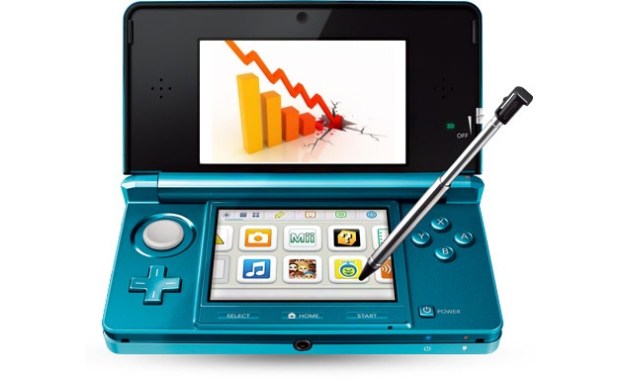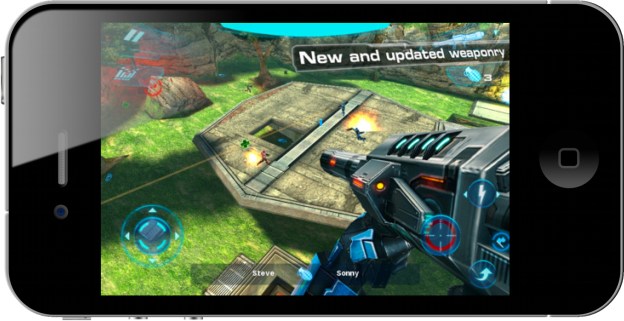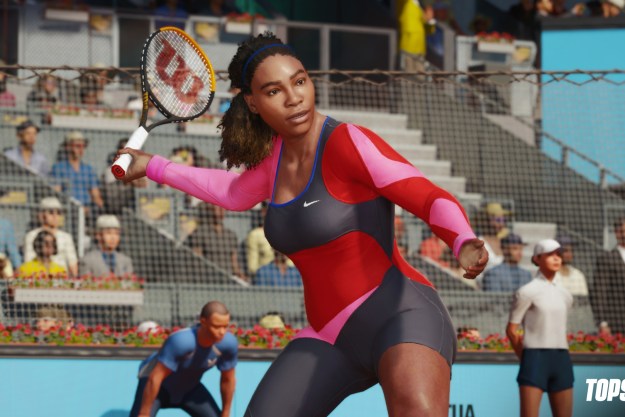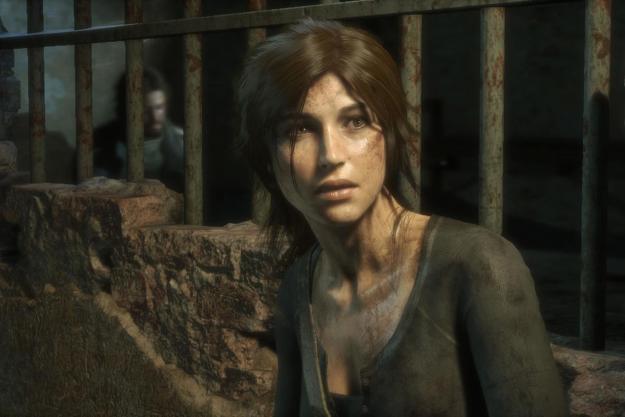
Something has gone wrong. Earlier this year, the 3DS was hailed by Nintendo as its most successful handheld launch to date. However, after the hordes of Nintendo devotees were finished picking up their system at midnight, sales began to decline fairly rapidly. So rapidly, in fact, that by April 27, one month after the system’s March 27 launch, Nintendo President Satoru Iwata explained to investors that the fledgling system had already failed to meet the company’s expectations. Since then, things have gotten a lot worse. Unlike nearly all previous Nintendo handhelds, the 3DS has had trouble getting off the ground. Our big question is why? Even through the hardest times at Nintendo, when consoles like the GameCube continually struggled to stay alive, Nintendo’s Game Boy and DS handhelds have retained dominance over the handheld game industry — an industry Nintendo created decades ago.
The 3DS is selling so poorly that Nintendo has announced that it will cut the price of the 3DS from $250 to $170 on August 11, and President Iwata will cut his own salary by 50 percent, along with the salaries of several other high-ranking Nintendo executives. “I feel greatly accountable for having to make the markdown shortly after the launch, for having damaged our consumers’ trust, for having made a significant impact upon the financial forecasts, for the annual dividend now being expected to be significantly less than originally expected and for now forecasting that there will be no interim dividend,” said Iwata.
So, if the 3DS is selling this poorly, we have to ask: why? Nintendo’s line of DS products has been popular for seven years. What’s different now? We have some theories. Below are a few reasons why Nintendo’s new handheld is bombing.
It’s too expensive

The only good comparison to the 3DS price would be the Sony PlayStation Portable, which struggled due to its high price of $250, among other things.
3D is a lame selling feature

If you remove the 3D, the 3DS looks, well, exactly like every DS before it. Nintendo hasn’t progressed its hardware in many other ways. Sure, it has a bit more juice, there is an eShop now, and the system has an analog joystic, but the vision behind the 3DS seems less about game innovation and more about a 3D screen. Nintendo even failed to update the touch technology of the DS line to match the responsive finger touching you find in most smartphones. Nintendo actually chose to use an old resistive-style touchscreen in its 3DS despite the entire smartphone and tablet market moving toward capacitive touchscreen technology, which lets you use your fingers and multitouch gestures. There are probably good reasons for this, but the verdict is in on styluses: Most people don’t really want to use them.
Smartphones are now capable game players

Nintendo helped raise decades of children on handheld games, but now that those kids are grown up, they have phones. Due to the massive success of the iPhone and the smartphone revolution that has followed it, a majority of people now (or will soon) carry a phone in their pocket capable of advanced 3D graphics and featuring a beautiful screen that’s much larger than the 3.5-inch 3DS screen. Better, these screens come fully equipped with capacitive multitouch features, tens of thousands of free or cheap games, and a constant Internet connection. Best of all, you don’t have to carry around a big bulky 3DS to play these games. Unfortunately for Nintendo, people have to carry their phones, but they don’t have to carry a 3DS. This gives smartphone platforms like iOS and Android a powerful advantage over Nintendo, one that the company didn’t address with the 3DS.
It’s targeting the wrong demographic

Nintendo may have chosen to ignore the rise of smartphones, but it may have made a huge mistake by trying to court teenage or adult male gamers with the Nintendo 3DS. Just as it plans to do with the Wii U, Nintendo has attempted to shift the appeal of its DS line away from the broad, young demographic it has held onto for 20 years to an older, and instead try to court a more hardcore male demographic — basically PlayStation gamers. Unfortunately, this is not a demographic Nintendo has ever been able to tap with any margin of success. There are plenty of adults and hardcore gamers who like Nintendo systems, but they’ve been onboard all along. There’s no need to alienate parents and younger fans to attract a more lucrative crop of players. Yet that is exactly what Nintendo has done with the game lineup for the 3DS.
Though the system launched with a few high-profile games like Super Street Fighter IV 3D, Pilotwings 3D, and Nintendogs + Cats, Nintendo chose to release its biggest March games on the regular Nintendo DS: Pokemon Black & White. The two games, which parallel each other, have already sold 5 to 6 million copies. Nintendo 3DS software, in total, sold only 9.43 million through April. Why cede all these potential gamers to the DS?
Where are the great games?
People buy Nintendo systems because they want to play Nintendo games. It’s sad, but it’s reality. Unfortunately, Nintendo’s launch game lineup for the 3DS looked more like a Sony launch than something from the Big N.
Here are the launch games for the 3DS:
While there are certainly some titles that hit at Nintendo’s strengths, this is a launch lineup filled with established game franchises. There are no fresh ideas here. The Nintendo DS and Wii were founded on original game ideas. Nintendo has redefined itself as a constant software innovator, yet we see no innovation here or coming in the future. Where are the cool ideas like Wario Ware or Brain Age?

Many major 3DS releases are still to come, but most of them are retreads of past software. The Legend of Zelda: Ocarina of Time 3D hit shelves in June. Nintendo’s flagship 3D Super Mario game, Star Fox 64 3D, Luigi’s Mansion 2, Kid Icarus: Uprising, a new Paper Mario, a new Animal Crossing, and a new Mario Kart are also slated for release in the next year. (Yep, Nintendo is releasing so many sequels that it hasn’t actually thought of names for most of its upcoming 3DS games yet.) Most of these games have the potential to be system sellers for Nintendo, something the 3DS currently lacks. That is, if they can attract enough attention. If not, Nintendo will have to bank on games like Metal Gear Solid 3D: Snake Eater and Resident Evil: Revelations to boost its sagging sales.
Conclusion
While I’ve been especially hard on Nintendo’s 3DS, this article does not come without a bit of love. There are few gamers who love Nintendo games and systems as much as I love them. I’ve traveled through the depths of Zebes, Mushroom World, and Hyrule, and I’ve captured hundreds of Pokemon. Even when Nintendo retreads and gets lazy, I still enjoy its games. But I’m also on a budget. I have not purchased a 3DS and I have no plans to do so until there’s a good reason. From the get go, the system has felt like a misfire. I’ve watched Nintendo fail before, but this is different. It seems unable to cope with the “blue ocean” reputation it has spent seven years cultivating. Nintendo knows people expect new hardware and software innovation from it, but it is struggling to produce that innovation while also satisfying current fans. While it desired to attract new crowds to gaming, now Nintendo seems scared, desiring the comfort of hardcore gamers with reliable wallets. And so we have the Nintendo 3DS and Wii U, two game systems (one out, one coming) that don’t seem to be satisfying anybody yet.
Editors' Recommendations
- Play these 3DS and Wii U games before Nintendo shutters their online features
- The Nintendo 3DS’ best (and weirdest) cult hit is coming to Apple Arcade
- Is this it for the Nintendo 3DS? No new first-party games in the works


